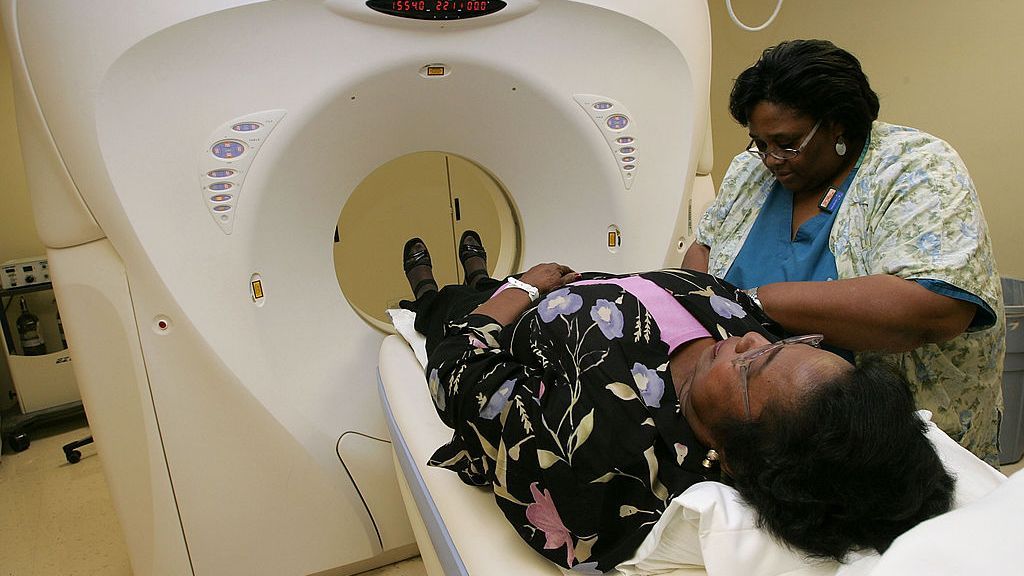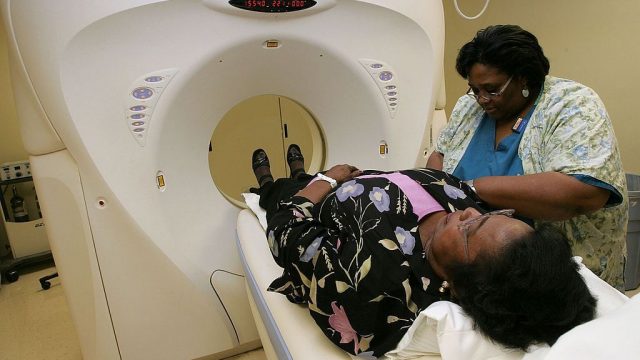
A new study shows that a chemotherapy drug used to treat cancer actually alters blood vessel wall structure in lungs, allowing cancer cells to squeeze through and spread.
Research on laboratory mice shows that the drug cyclophosphamide caused changes in non-cancer cells, enabling breast cancer cells to squeeze through and attach to blood vessel linings in the lungs. Researchers first treated healthy mice with the chemo drug and then injected them with the breast cancer cells four days later.
The researchers found that just three hours after injection, cancer cells were penetrating weakened blood vessel cells in the lungs of the mice and binding to those vessels’ underlying structure. The cancer cells adhered to the vessels without being washed away by blood flow and migrated to the lungs.
“This is the key step giving cancer cells a foot in the door at a secondary site,” said Tsonwin Hai, co-author of the study published in the International Journal of Molecular Sciences. A professor of biological chemistry and pharmacology at Ohio State University, she revealed the purpose of the study, saying, “Does chemotherapy affect normal cells in such a way that they will turn around and help cancer cells? The answer is yes.”
“It’s a cautionary note for the use of chemotherapy,” Hai said. “The effect of chemotherapy on non-cancer cells actually changes those cells, and those changes help cancer cells to progress.”

In a previous study, Hai had already determined that the activation of a specific gene in immune cells links stress to the spread of cancer and that the chemo drug paclitaxel initiates change in immune cells at the molecular level and allows breast cancer cells to escape from a tumor. Similar studies had examined the effects of chemotherapy on non-cancer cells, the survivability of cancer cells and their spread.
In the new study, Hai and other researchers found that cyclophosphamide increased the levels of MMP-2 enzyme in the blood, which in turn caused changes to a blood vessel membrane that allowed cancer cells to attach to the blood vessel lining.
Hai said the research focused on non-cancer cells in the lung rather than the tumors. The researchers found cancer cells escape from primary tumors “very early on.”
“Our data revealed that chemo acts on non-cancer cells and sets in motion changes in the lung,” Hai said, “so that within three hours of cancer cells’ arrival, they already can adhere very well. The effect of chemotherapy on non-cancer cells actually changes those cells, and those changes help cancer cells to progress.”
The study found two reasons for the spread of the cancer cells. First, spaces had opened between blood vessel linings, while the membrane underlying the first layer had been changed, allowing cancer cells to adhere without being whisked away by the passing blood.
“The endothelial cells lining the inner side of the blood vessel are like a brick wall, and each brick is tightly adhered to the next one,” said Hai. “What we found when we treated mice with chemotherapy is that it makes the vessel leaky, so the tight junction is not as tight anymore, and the cancer cells can squeeze themselves through the brick layer. We also found that chemotherapy modified the underlying basement membrane so once the cancer cells squeeze through, they find a place to grab onto.”
Edited by Richard Pretorius and Kristen Butler
The post Toxic Shock: Chemotherapy Drug Helps Breast Cancer Spread To The Lungs, Says Study appeared first on Zenger News.




